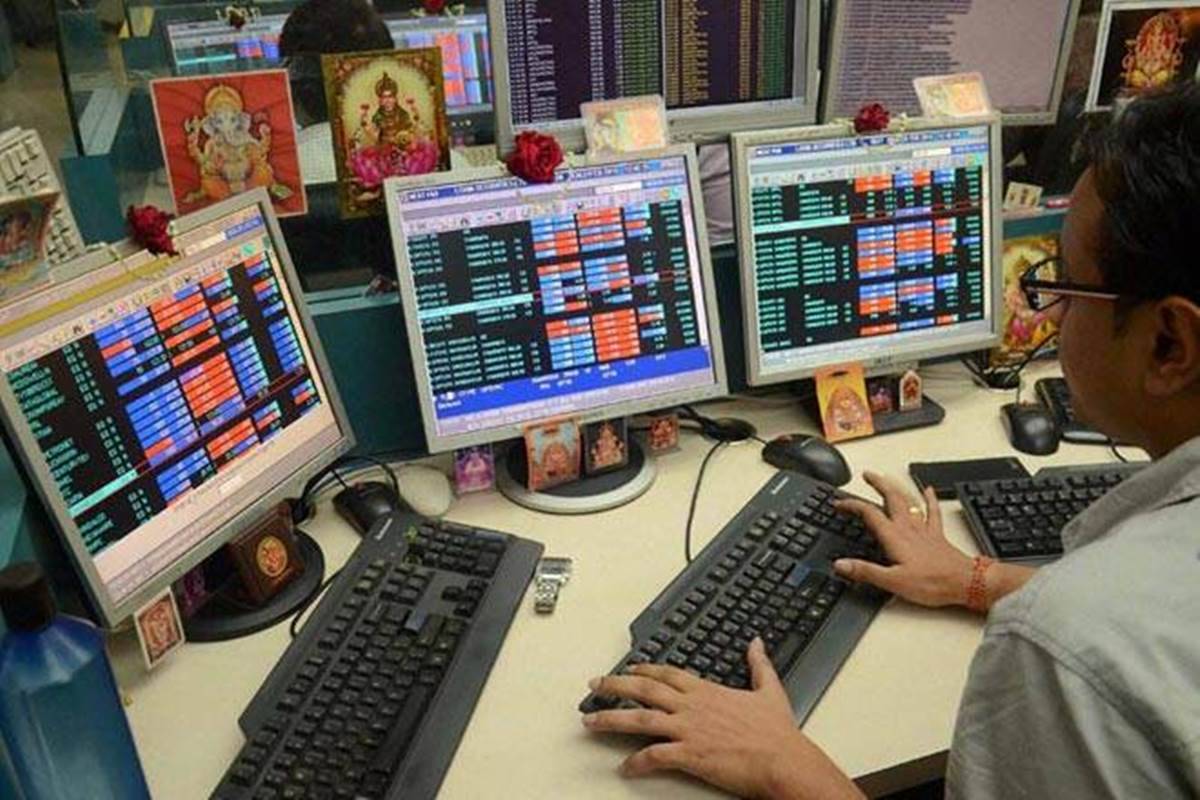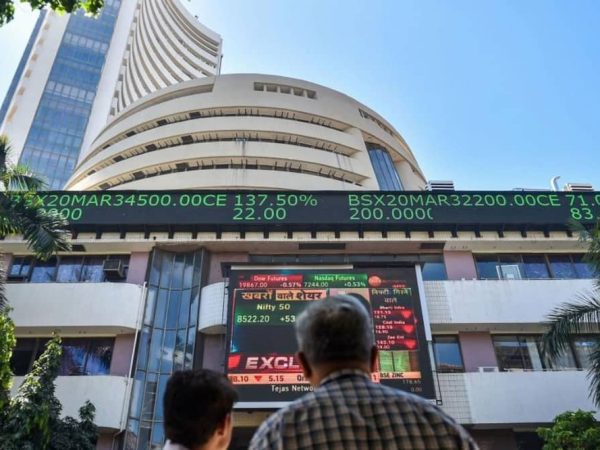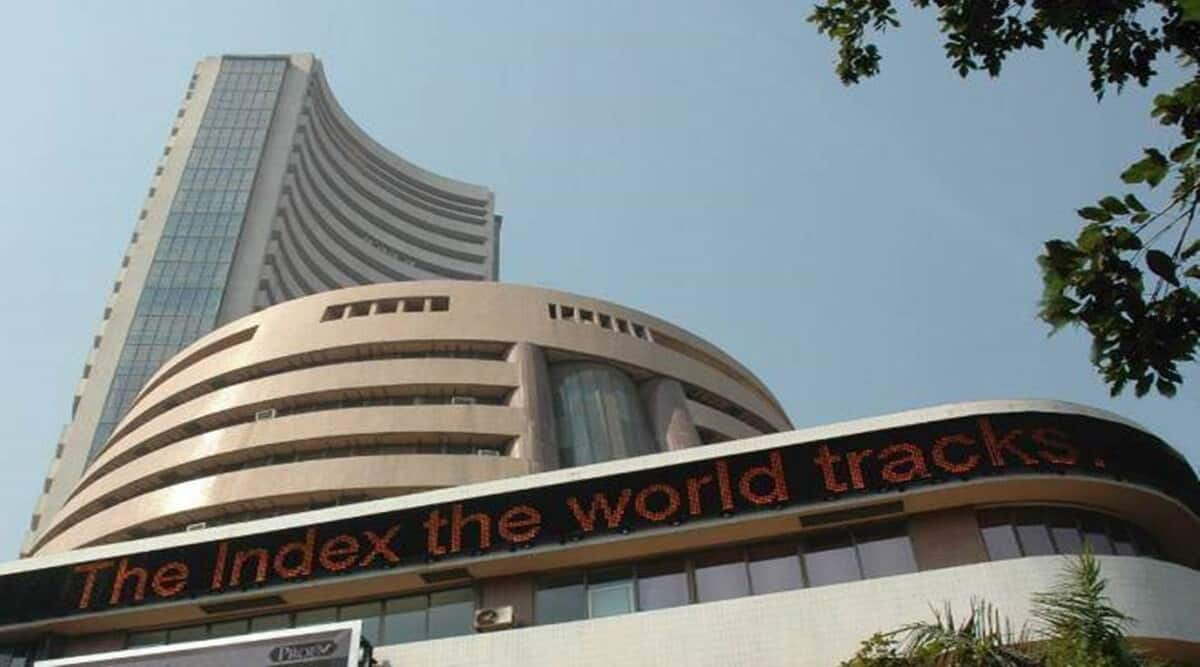Will bulls manage to pull Nifty above 17200 amid uncertainty? 5 things to know before market opening bell
Indian benchmark indices are expected to start the week and month in the red amid weak global cues. Wall Street tumbled on Friday and Asian markets too opened with losses on Monday. SGX Nifty was in red, hinting at a negative start for the Indian share market. In the previous session, BSE Sensex and NSE Nifty had snapped out of the red streak to end with gains. The Nifty trend and outlook is now neutral to positive in daily, weekly, and monthly charts, implying a balanced risk-reward, according to market analysts. The momentum has strengthened further, indicating a high probability of a trend or outlook change in this week. The preferred strategy for this week remains ‘sell the rise’ they added.
Also Read: Share Market LIVE: Nifty, Sensex stare at negative start on weak global cues; govt cuts windfall tax on crude
Global Markets: Shares in the Asia-Pacific fell on Monday as markets enter the last quarter of the year. Hong Kong’s Hang Seng index was 0.8% lower in early trade. Japan’s Nikkei 225 fell more than 1% in early trade, but recovered slightly and was last up 0.18%, while the Topix index was fractionally lower. China markets are closed for the Golden Week holiday, and South Korea’s market is also closed. Meanwhile, US stocks fell in choppy trading Friday as Wall Street closed out a terrible week, month, and quarter that brought the S&P 500 to a new 2022 low. For September, the Dow tumbled 8.8%, while the S&P 500 fell 9.3%. The Nasdaq lost 10.5%.
Nifty Technical view: Nifty on the weekly chart formed a small negative candle with long lower shadow. Such weekly chart pattern after a reasonable decline calls for bottom reversal for the market. The short term trend of Nifty has turned into positive. The placement of important support and the overall chart pattern of daily and weekly signal a crucial bottom reversal at 16747 levels, according to Nagaraj Shetti, Technical Research Analyst, HDFC Securities.
Levels to watch for: “Nifty formed an engulfing bull pattern on daily charts while forming a bullish hammer pattern on weekly charts despite a 1.35% weekly fall. This could portend an upside bounce in the coming week with 17292 and 17540 being the upside targets. The lack of breakout volumes on Sept 30 is a minor worry. 16752-16794 band could provide support,” said Deepak Jasani, Head of Retail Research, HDFC Securities.
Stocks under F&O ban on NSE: The National Stock Exchange has not added any stock under its F&O ban list for October 3.
Also Read: Reliance, Suzlon Energy, Bharti Airtel, Zydus Lifesciences, Poonawalla Fincorp, APL Apollo stocks in focus
FII and DII data: Foreign institutional investors (FIIs) net sold equities worth Rs 1,565.31 crore, while domestic institutional investors (DIIs) net bought shares worth Rs 3,245.45 crore on September 30, according to the provisional data available with NSE.










Recent Comments